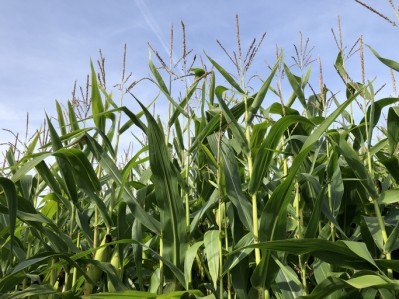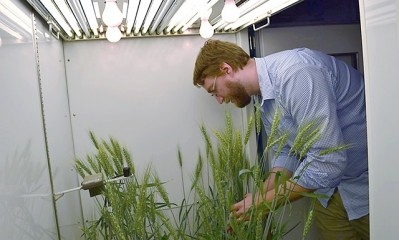The technology behind predicting mycotoxin levels in corn and wheat harvests

The forecast is based on its mycotoxin prediction tool that delivers daily assessments of expected mycotoxin levels in corn and wheat harvests, said the Austrian firm.
The company said deoxynivalenol, or vomitoxin, has a high probability to exceed a risk threshold level of 150 parts per billion (ppb) in corn in Central, Eastern and Southern Europe, and a similarly high probability to exceed 150 ppb in wheat in Northern Europe.
Dr Timothy Jenkins, development scientist, Biomin, said the company’s mycotoxin prediction tool uses sophisticated algorithms that draw upon 15 factors and an extensive proprietary data set compiled through Biomin’s mycotoxin survey.
He told us the company has been working on mycotoxin prediction for a few years and predictions just started being publicly available for Europe this week.
“The prediction tool is brand new but based on three years of research and validation.”
Biomin’s mycotoxin survey is the world's longest running and most comprehensive survey of mycotoxin occurrence in animal feeds. “So we are well placed to develop a prediction service,” added Jenkins.
Forecasting presence of mycotoxins in crops
We asked what the technology is behind the forecasting tool and whether it was developed in house:
“Predictions for aflatoxins, deoxynivalenol and fumonisins in corn are partly based on the original long-term research of Prof Paola Battilani and her research team in Italy; one of the most published scientific teams in this area of mycotoxin research. Corn zearalenone and wheat deoxynivalenol and zearalenone models were developed in-house based on literature and historic mycotoxin occurrence data.
“The data science behind regional adjustments, incorporation of survey data and weather data processing were developed in-house. Biomin has a unique way of incorporating short and long range (up to 90 days out) weather forecast data also,” explained Jenkins.
In terms of the factors behind predictions for high levels of deoxynivalenol, or vomitoxin, in corn in Central, Eastern and Southern Europe, and in wheat in Northern Europe, the scientist said:
“In many parts of Northern Europe, there are predicted wet conditions around the time of wheat anthesis. Actually this also occurred in some parts of Southern Spain with early harvest reports also indicating a high presence of the Fusarium Head Blight fungi. The corn risk in other parts of Europe is partly related to consistently warmer than normal temperatures while rainfall is generally forecast similar or higher than usual. Warm wet conditions at time of potential infection and warm conditions later increases the risk of both deoxynivalenol and fumonisins. Corn risk will be more accurately predicted as we come into the silking period and see the actual coincidence of rain with this vulnerable silking stage.”














